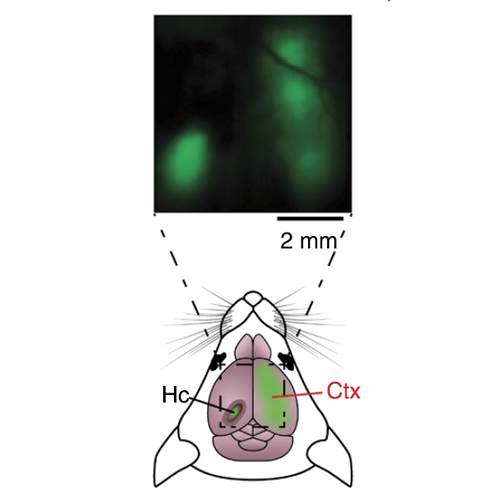Rescue of long-range circuit dysfunction in Alzheimer's disease models
12-Oct-2015
Nature Neuroscience, doi:10.1038/nn.4137
Alzheimer's disease (AD) is associated with defects of synaptic connectivity. Such defects may not be restricted to local neuronal interactions but may extend to long-range brain activities, such as slow-wave oscillations that are particularly prominent during non–rapid eye movement (non-REM) sleep and are important for integration of information across distant brain regions involved in memory consolidation. There is increasing evidence that sleep is often impaired in AD, but it is unclear whether this impairment is directly related to amyloid-β (Aβ) pathology. Here we demonstrate that slow-wave activity is severely altered in the neocortex, thalamus and hippocampus in mouse models of AD amyloidosis. Most notably, our results reveal an Aβ-dependent impairment of slow-wave propagation, which causes a breakdown of the characteristic long-range coherence of slow-wave activity. The finding that the impairment can be rescued by enhancing GABAAergic inhibition identifies a synaptic mechanism underlying Aβ-dependent large-scale circuit dysfunction.











